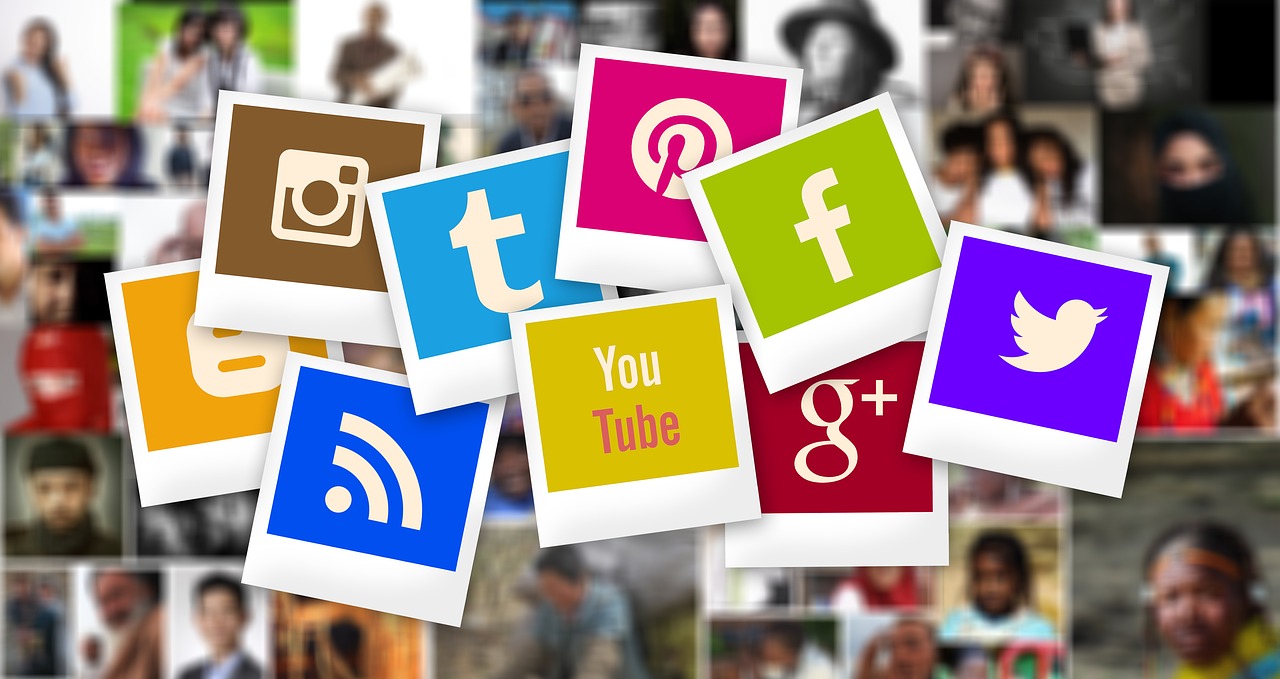It’s not only Covid-19 and the lockdown. A lot of events trends changed the way people think of social media, and leverage them
Climate change, the renewed passion for civil rights, US presidential elections. 2020 will be remembered as the year of pandemic but, for digital communication professionals, also as the season when even sceptical people accessed social media, and some less known features such as live events or augmented reality shopping became suddenly popular.
If social media have grown and entered daily life (there are about 35 million active users in Italy, about 37 million were counted in March during the lockdown), the awareness of possible distortions has increased as well. We know digital platforms can ignite fake news and disinformation, filter bubbles, and hate speech.
2020 seems to mark the beginning of a new season. That’s why We Are Social titled The Social Reset its Think Forward annual report about emerging digital communication trends.
“Everything has changed in the last few months. We were forced to use social media, they were not a public enemy anymore, but an essential tool. We trained ourselves balancing understanding and disillusionment, and we learnt how each platform works. We are now able to better select data sources, we access contents in a different way,” said Bruno Tecci, head of strategy at We Are Social, while unveiling the report. “We kick the new year off with a new idea in mind: we use social media as an extension of the real world, we pay more attention to what we read and what we share. Hopefully, we are moving in the right direction.”
Among the six most relevant trends the report highlights, the most interesting one is called Simple Life, that is using social media to ease our interaction with the outside world. This leads to two apparently opposite behaviours. On one hand, we access social media to get in touch with communities – both digital and real – having the same interests and values. Examples are the social streets in Bologna or Milan, spontaneous Facebook groups sharing information, insights, and useful contacts for those living in a specific city district. Or the many crowdfunding campaigns to support the businesses impacted by Covid-19 such as bars, gyms, or cinemas, proving couponing or relief initiatives.
On the other hand, the report states that for a great number of digital users Simple life means escaping to simplified virtual realities, as proven by the success of games such as Animal Crossing, or Minecraft virtual parties to celebrate high school diplomas.
Reliable idols are another significant trend. In a time when information and entertainment are often blurred, people look at influencers not only as in inspiration for their shopping, but as an authoritative voice on complex topics. More, we more and more ask celebrities to be vocal on relevant issues, and we distance ourselves from those who cannot turn into opinion leaders.
Examples include Chiara Ferragni inviting to wear protective masks, Selena Gomez talking about mental health, or the youtuber @nels9bills promoting finance education and independence. It’s a new way celebrities can live their social positioning, and a new way for brands to manage influencer marketing.
Gen Z’s fluid approach to content creation leads to another relevant trend, that of open-source creativity. It’s the possibility to involve the audience in content co-design, leveraging social media as co-making platform. Pop stars and artists do it quite often (Dua Lupa had 1.4 billion views in 6 weeks when using TikTok to ask for contribution for her latest music video), brands can do it as well by integrating user generated contents in their content marketing strategies.




